A self-sustaining aquarium mimics natural ecosystems, where fish, plants, and microorganisms work together to recycle nutrients, control waste, and maintain water quality with minimal human intervention. By combining live feeds, strategic plant choices, and balanced stocking, you can create a thriving aquatic environment that requires less maintenance and supports healthier, more vibrant marine life.
Benefits of a Self-Sustaining Aquarium
- Reduced Maintenance: Natural processes handle waste, algae, and nutrient cycling.
- Healthier Fish and Corals: Stable water parameters and natural food sources.
- Cost-Effective: Lower energy use and fewer chemical treatments.
- Educational and Aesthetic: Observe natural behaviors and enjoy a balanced ecosystem.
For more on the role of live feeds in sustainable tanks, see Top 5 Live Feeds for Thriving Reef Tank Ecosystems.
Essential Components for a Self-Sustaining System
- Tank Size: 20–40 gallons for stability (larger tanks buffer fluctuations better).
- Substrate: Nutrient-rich soil capped with sand or gravel for plant roots.
- Live Plants: Fast-growing species like Vallisneria, Java Fern, or Anubias.
- Beneficial Microorganisms: Copepods, amphipods, and nitrifying bacteria.
- Fish and Invertebrates: Species that produce waste and graze on algae/detritus.
- Lighting: Moderate LED lighting for photosynthesis (8–10 hours daily).
- Minimal Equipment: Low-flow filter or powerhead, heater (if needed).
Step-by-Step Setup Guide
- Choose the Right Tank: A 30-gallon tank is ideal for beginners. Larger volumes are more stable.
-
Add Substrate Layers:
- Base: 1–2 inches of aquatic soil (e.g., PhycoPure™ Green Water for nutrient-rich setups).
- Middle: 1 inch of sand to prevent soil from floating.
- Top: 1 inch of gravel for aesthetics and plant anchoring.
- Fill with Water: Use dechlorinated or aged water. Avoid sudden pH/temperature swings.
-
Plant Strategically:
- Foreground: Dwarf Hairgrass or Monte Carlo.
- Midground: Java Fern or Anubias.
- Background: Fast-growing Hornwort or Water Wisteria.
- Introduce Microfauna: Add copepods, amphipods, and snails to process detritus and algae.
- Cycle the Tank: Let the system run for 4–6 weeks to establish bacteria before adding fish.
- Add Fish Gradually: Start with 2–3 small fish (e.g., guppies, mollies) and monitor for balance.
| Component | Role in the Ecosystem | Recommended Products |
|---|---|---|
| Live Plants | Absorb nitrates, produce oxygen, provide shelter | PhycoPure™ Reef Blend |
| Copepods | Clean detritus, feed fish, control algae | AlgaGenPods™ Tisbe |
| Snails | Scrape algae, aerate substrate | Nerite or Mystery Snails |
Maintenance Tips for Long-Term Success
- Monitor Water Parameters: Test weekly for ammonia, nitrite, nitrate, and pH. Keep nitrate <20 ppm.
- Partial Water Changes: Replace 10–15% of water monthly to replenish trace minerals.
- Feed Sparingly: Overfeeding disrupts balance. Use slow-sinking pellets or live foods like Rotifers.
- Prune Plants: Trim fast-growing species to prevent overcrowding.
- Avoid Overstocking: 1 inch of fish per 2 gallons of water max.
- Start small and build complexity gradually.
- Use live plants and microfauna as natural filters.
- Patience is key-allow 4–6 weeks for cycling.
- Supplement with quality feeds if needed.
Common Pitfalls and Solutions
- Algae Blooms: Reduce light exposure, add more plants, or dose PhycoPure™ Green Water to outcompete nuisance algae.
- Poor Plant Growth: Ensure adequate lighting (PAR 50–100) and CO2 supplementation if needed.
- Fish Stress: Avoid aggressive species. Stock peaceful fish like tetras or rasboras.
“A self-sustaining aquarium isn’t maintenance-free-it’s maintenance-smart. By letting nature do the heavy lifting, you create a resilient ecosystem that thrives with minimal intervention.”
Conclusion
Building a self-sustaining aquarium is a rewarding project that blends science, patience, and creativity. By selecting the right plants, microfauna, and fish, you’ll create a balanced ecosystem that mirrors nature’s efficiency. Start small, monitor closely, and let your tank’s natural processes take the lead. For supplies like copepods, phytoplankton, and expert guidance, explore AlgaGenDirect’s live feeds and cultures to kickstart your self-sustaining journey.
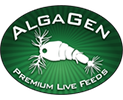


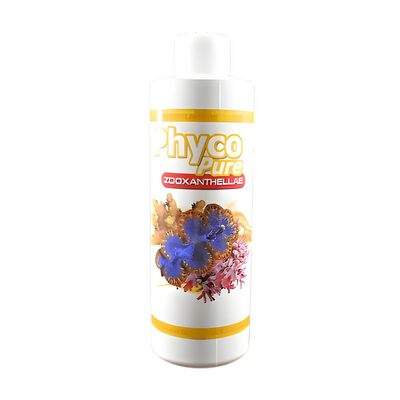
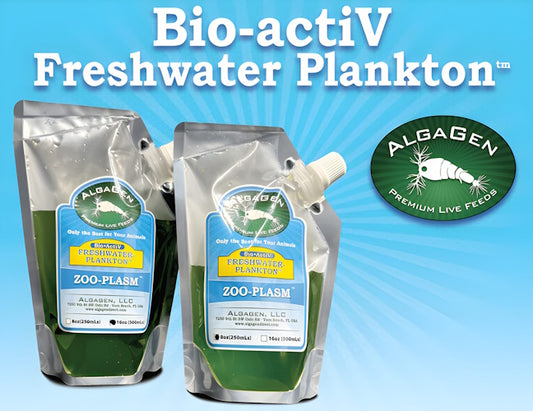
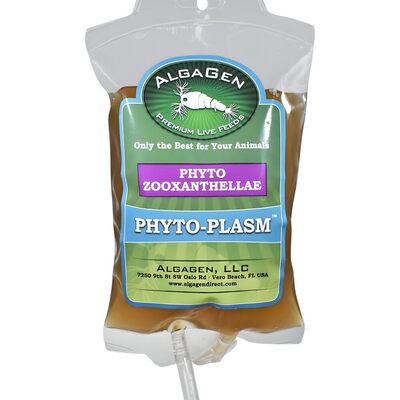
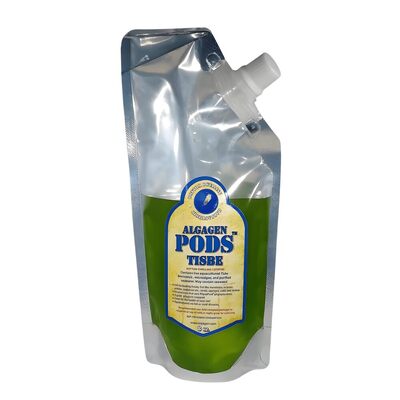
Recent post